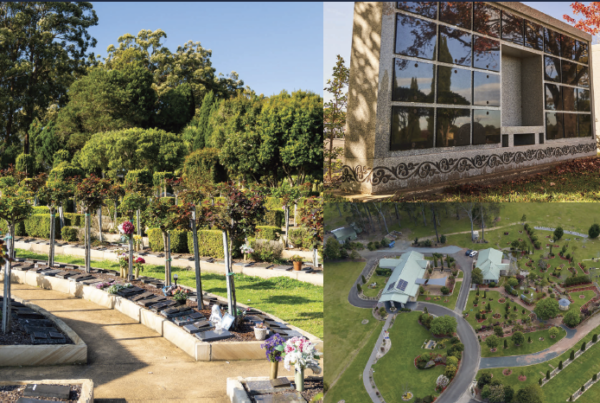In a world where cars can drive themselves and identities can be verified with a retina scan, it seems almost inconceivable that people are still struggling to use their mobile phones indoors – especially considering the expanding global market for smart buildings, which is expected to reach more than $37 billion by 2023 according to the Globe Newswire.

Ironically, new buildings continue to be plagued by poor signal propagation, because of the very same features that brand them eco-friendly and attract potential occupants: low-emissivity (Low-E) glass, galvanised steel, metal roofs, and concrete walls are but a few common culprits. In the case of older properties whose designs simply did not take mobile coverage into consideration, building materials such as stone, concrete, and brick are notorious signal blockers, especially in densely populated urban areas.
We depend on our Public Safety Agencies to protect the Australian community, and they do it every day. Around the country over 550,000 women and men work selflessly to uphold and protect our Australian way of life. Communication is critical to that work. Smart, strong, and fast systems enable better decisions that save lives. Over 2 million triple zero (000) calls are made every year in Australia. Each one of those calls triggers a complex systematic response underpinned by missioncritical grade radio communications. Put simply, these communications systems have been built not to fail.1
“If someone is injured or suffers a medical episode in the basement carpark of a building and can’t call 000 because there was no mobile phone signal, the body corporate managing the building could be sued.”
If someone is in distress and unable to place an outgoing call, first responders will not be aware there is an emergency that requires their response. For this reason, the Safer Buildings Coalition defines three pillars of in-building safety communications:
- Mobile 000 calls must get out with location accuracy.
- Mobile Mass Notifications must get in.
- First Responder communications must work.
If a building cannot deliver these basic characteristics, the environment puts the occupants and the property itself at risk.
Anyone who has ever tried to place a call from an elevator is not surprised that indoor coverage can be much worse than outdoor coverage. And the deeper into a building you go, the worse the signal typically gets. Penetrating walls is difficult for a mobile signal, though some of the RF spectrum blocks that the Australian mobile network operators have licenced are better for this task than others. Low band (longer wavelengths) spectrum tends to be much better at penetrating concrete and brick than high band (shorter wavelength) spectrum, such as 5G.
The Federal government is making a significant investment to improve wireless network coverage in rural areas, the Government has committed $380 million to the Mobile Black Spot Program to invest in telecommunications infrastructure to improve mobile coverage and competition across Australia. However, poor wireless coverage can be experienced in big cities as well. The networks were originally designed to work well in a “mobile” environment – namely outdoors while in moving vehicles or walking. As indoor usage has grown, the networks have densified, and greater efforts have been made to provide a signal strong enough to penetrate buildings. Providing high-quality indoor coverage is much more difficult.
Understanding which buildings fall short of providing adequate service can assist local governments in working with building owners and mobile operators to make needed improvements.
In Australia, there is no building code, regulation or legislation that mandates In-Building Coverage (IBC) to support operational communications.
For building owners, the benefits of providing reliable high-speed wireless coverage are clear: apart from the OH&S liability associated with poor IBC, there is increased tenant retention and recruitment rates, increased workforce productivity, and more attractive property for visitors. Many building owners and operators believe having a strong indoor wireless network increases the value of their buildings by as much as 28%, according to CommScope.
Residential Care Village now Connected
A leading health care provider of residential aged care in metropolitan Sydney, Central Coast, Southern Highlands and Mid-North Coast reached out recently to commission our team to provide a mobile enhancement solution for a recently completed Retirement Village in Woy Woy NSW. Management had realised that the mobile service throughout the new complex was unsatisfactory and needed to be upgraded to keep the residents connected.
Our Solution
An In-Building Coverage solution was implemented; installing a clustered Cel-Fi system to boost the cellular signal throughout the building. The solution covered Telstra, Optus and Vodafone mobile networks to ensure residents could stay connected in the retirement village.
Our Outcome
The solution was an impressive outcome by the improved boost in carrier signal throughout the complex. Allowing staff, residents and visitors a better experience in staying connected no matter where they were within the village.
For more information on In-Building Coverage solutions talk to our Solutions Managers today on 1300 769 378, email sales@powertec.com.au or visit www.powertec.com.au










